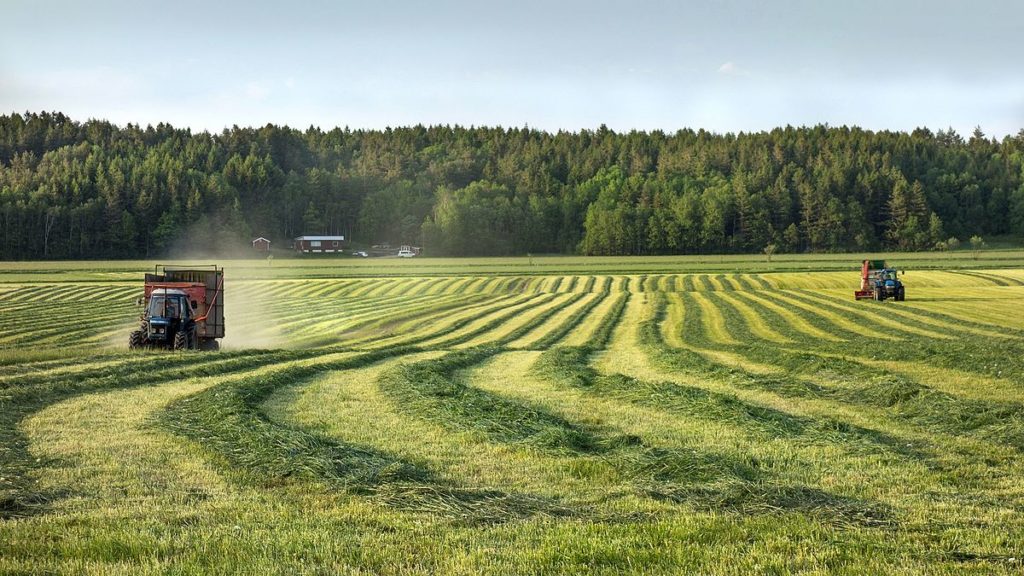Community Infrastructure Levy and Rural Development

Partner and Head of Agriculture Mike Bracegirdle looks at the application of the Community Infrastructure Levy on agricultural buildings.
What is the Community Infrastructure Levy?
The Community Infrastructure Levy (CIL) is a planning charge, imposed by Local Planning Authorities against new development, the purpose of which is to raise funds to deliver local infrastructure and support development in the Local Authority’s area.
Not all Local Authorities have adopted the legislation, but the majority in the North West have. The levy rates are expressed as pounds per square meter and can vary between each local Planning Authority. Details of the levy payable can be found on each Local Authority’s website. .
Not all development will pay the levy and there are reliefs available. Development will potentially be liable for CIL if it is for a building into which people normally go and involves a new build of at least 100m2 gross internal area floorspace. Details can be found here: https://www.gov.uk/guidance/community-infrastructure-levy
Will CIL affect agricultural buildings?
The levy does potentially apply to agricultural buildings although some local authorities have chosen to exclude agricultural building from the levy. It is wise to check at an early stage whether this is the case and ascertain the costs and financial implications if it is not.
New build?
In the case of a new agricultural (or related) development, the costs and financial implications could be substantial. This is particularly the case for those farmers and landowners intent upon diversification.
It is important to note that most “self build” developments can be exempt but this is subject to strict conditions, usually a period of occupation post completion.
Seeking to diversify?
For farmers and landowners seeking a change of use (perhaps adding a café to an existing farm shop) from a redundant building, they should note that the charge is only payable on the net gain in floor space. However, the building has to have been in use for its lawful use for a continuous period of 6 months in the previous 36 months.
There is a right of appeal against any charges, but the wise precaution is to check first and ensure that the necessary reliefs have been sought if applicable.
How we can help you
Butcher & Barlow are able to provide advice and assistance tailored to agricultural client needs and objectives. Our dedicated commercial and agricultural teams based at our Gadbrook Park office work closely in conjunction and are happy to advise as necessary on agricultural development matters.
Get in touch with our Gadbrook Park office on 01606 334 309 for a free no obligation discussion on how we can assist you.

Mike Bracegirdle